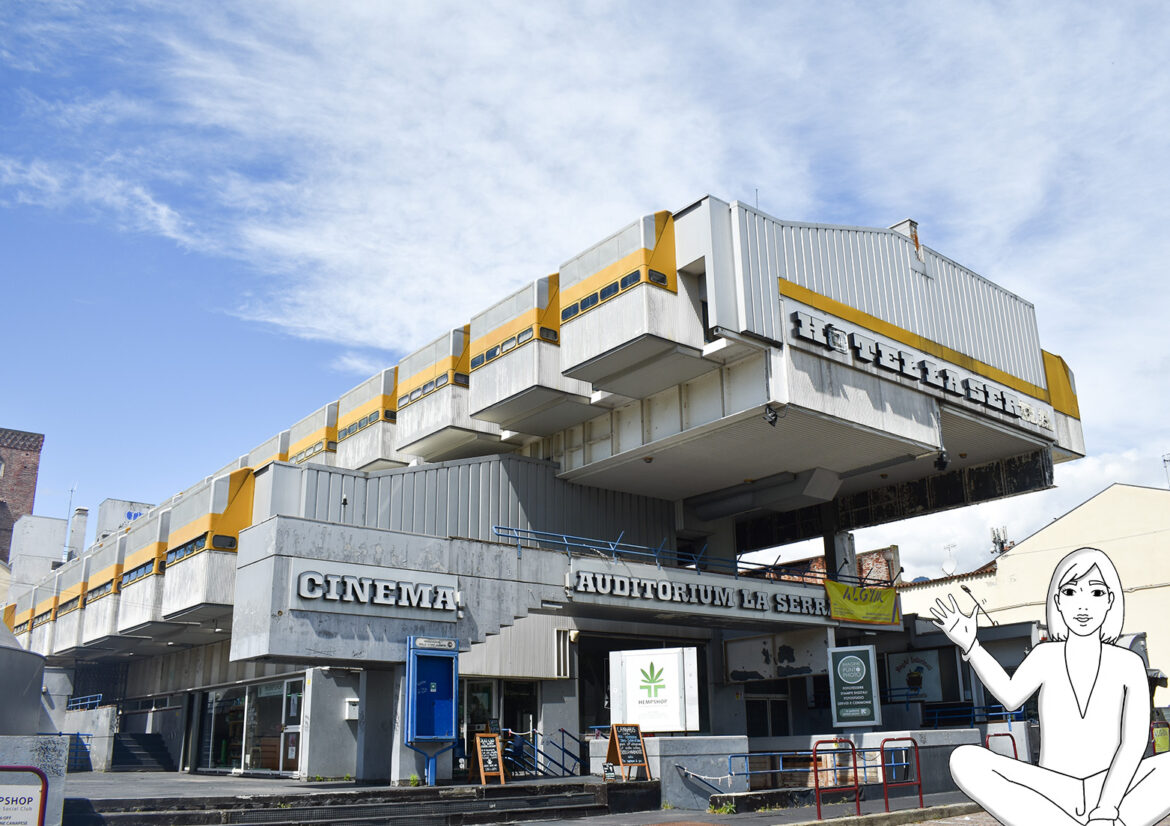Today I’m taking you to discover a place rich in history, symbol of innovation and Piedmontese tradition.
I’m talking about Ivrea, a city that has managed to blend the charm of the past with the modernity. Known for the famous Carnival with the historic Battle of the Oranges, Ivrea is also renowned for industrial innovation thanks to the Olivetti company, which revolutionized the design and the technology in the 20th century.
Ivrea is divided into two areas: the Ancient City, identifiable by the monuments present in the streets and alleys of the centre that tell about the Roman and Medieval history, and the Industrial City, made up of buildings from the Olivetti era located along the route of the Mam (Open-air Museum of Modern Olivetti Architecture). Both can be visited independently or, as I recommend, through the WELCOME TOUR, a free tour organized by Turismo Torino (“Turin Tourism”), every first Saturday of the month, to promote the territory. The visit is divided into two routes, one in the morning and one in the afternoon, exploring the wonders of the ancient city and the modern one.
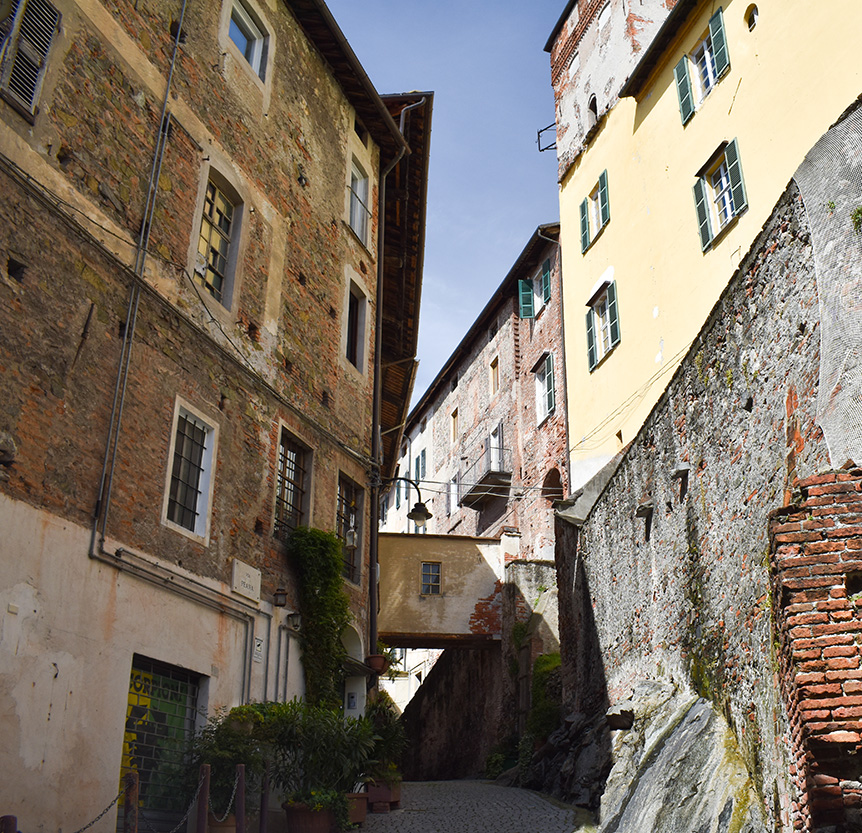
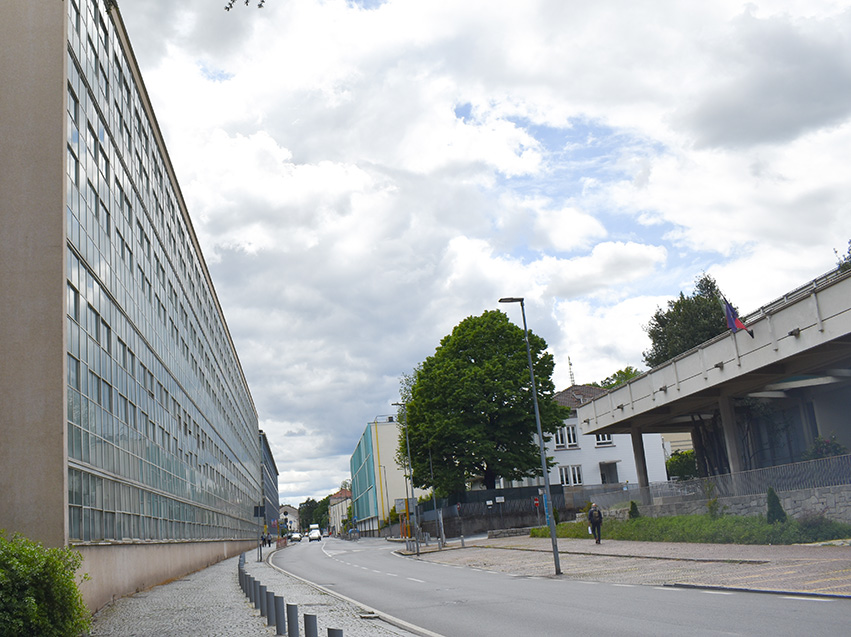
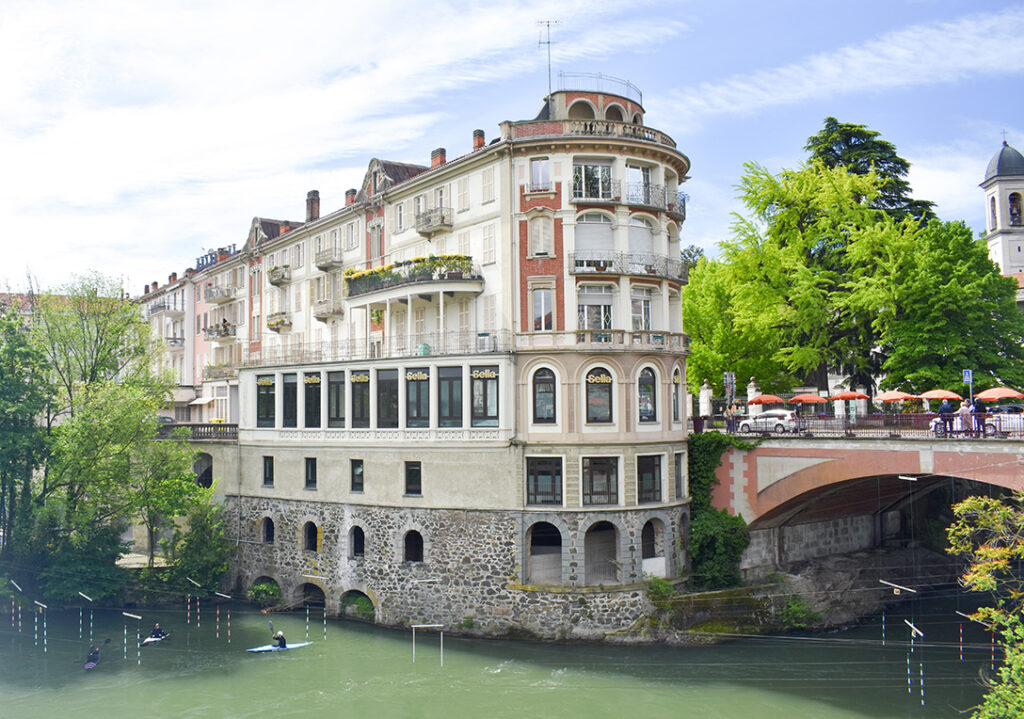
Let’s start from the beginning…
Did you know that Ivrea was founded in 100 B.C.? That’s right! It was founded by the Romans with the original name of Eporedia, derived from epo (horse) and reda (chariot), probably to emphasize the ancient connection of the city with horses, which is still alive today and celebrated during the Patronal Feast of San Savino. Thanks to its strategic position along one of the main communication routes between Italy and Gaul, Ivrea became an important commercial and military center.
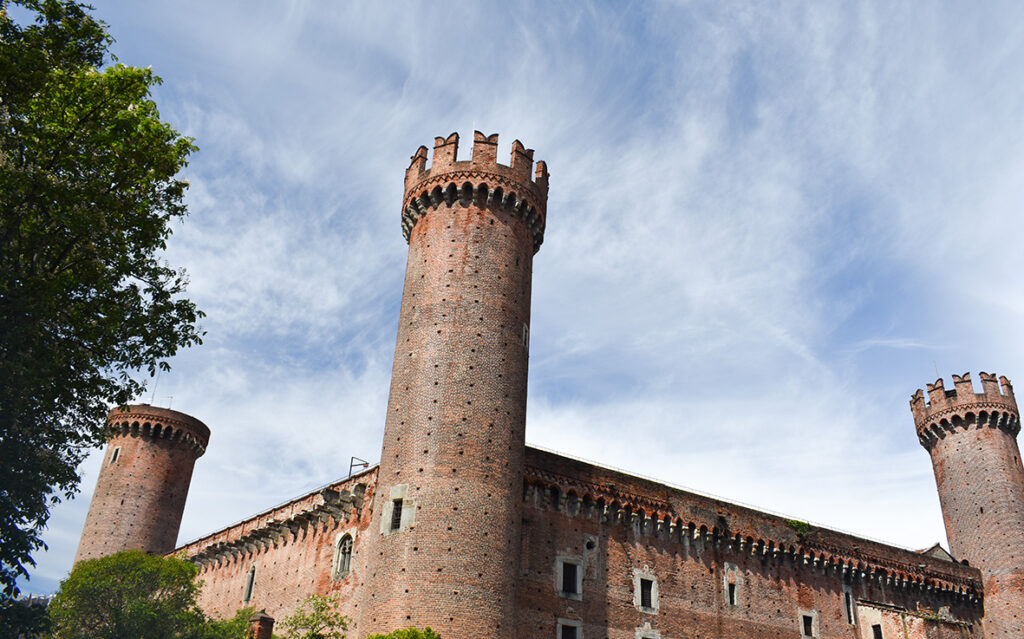
During the Middle Ages, Ivrea was the seat of an important Lombard duchy and became the capital of the Marca of Ivrea. Among the important medieval monuments we find: the famous and imposing Castle of Ivrea, also called “Castle of the red towers”, built in the 1358 by Count Amadeus VI of Savoy; the Cathedral of Saint Maria Assunta, dating back to the 4th century and rebuilt in the medieval period; the Tower of Saint Stefano, dating back to the 11th century and the only surviving element of the Benedictine abbey complex of Saint Stefano.
With the advent of Renaissance, Ivrea remained under the control of the Savoy dinasty until the Unification of Italy, and during the modern era it transformed into an important industrial center thanks to the founding of the Olivetti company.
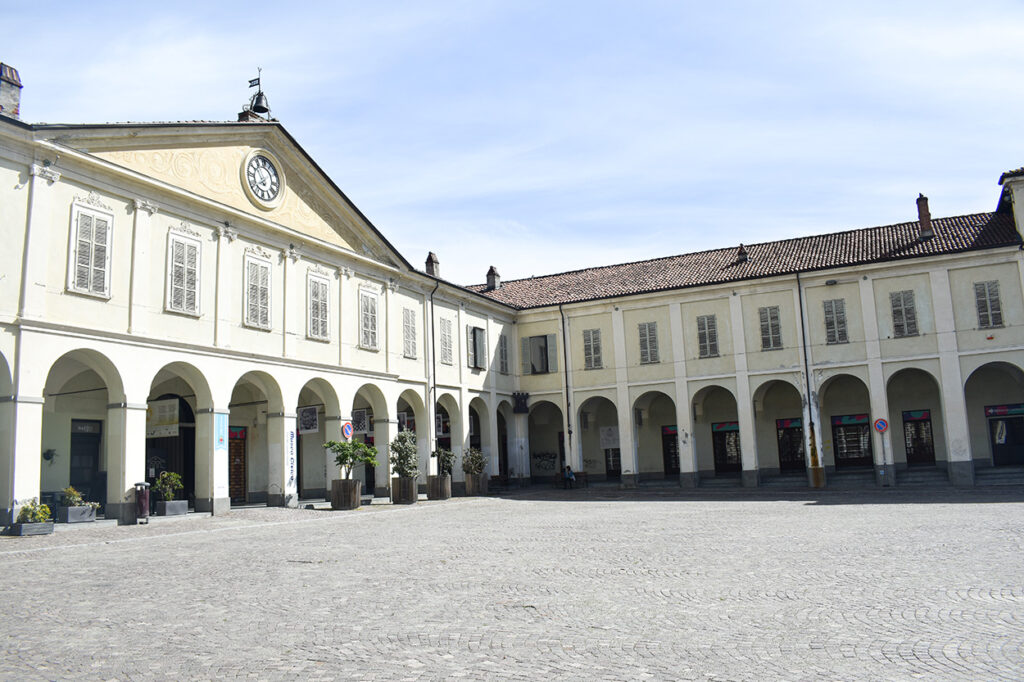
…but why did it become a UNESCO World Heritage Site?
In 2018 the Industrial City of Ivrea was recognized as a UNESCO World Heritage thanks to Adriano Olivetti‘s innovative vision to harmoniously integrate the industry, the urbanization, the social life and the workers’ well-being through the construction of buildings, living quarters and public spaces.
A philosophy that can be seen reflected in structures like the ICO Workshops, designed to ensure a healthy and comfortable environment, thanks to the presence of large glass surfaces that favored the natural illumination, as well as social and cultural services available to workers.
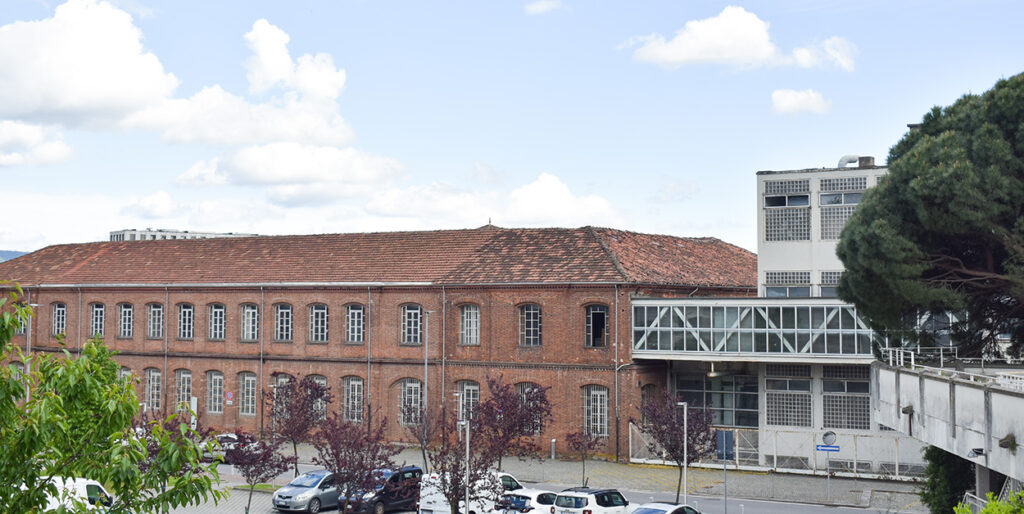
The presence of residential units designed for the Olivetti company employees was a fundamental component for the overall well-being of the employees themselves and their families, especially because they were often surrounded by greenery.
A significant example is the Western Residental Unit, better known as Talponia (“Mole”nia)…but why this name? Simply because it’s partially underground, resempling a mole’s burrow! A very particular semicircular structure conceived to harmoniously integrate with the surrounding natural landscape, reducing visual impact and promoting energy efficiency.
This is just one of the many residential units conceived by Olivetti’s brilliant mind, key elements of this industrial city model. These housing complexes favored a sense of community and belonging, reducing the stress and improving personal and working satisfaction.
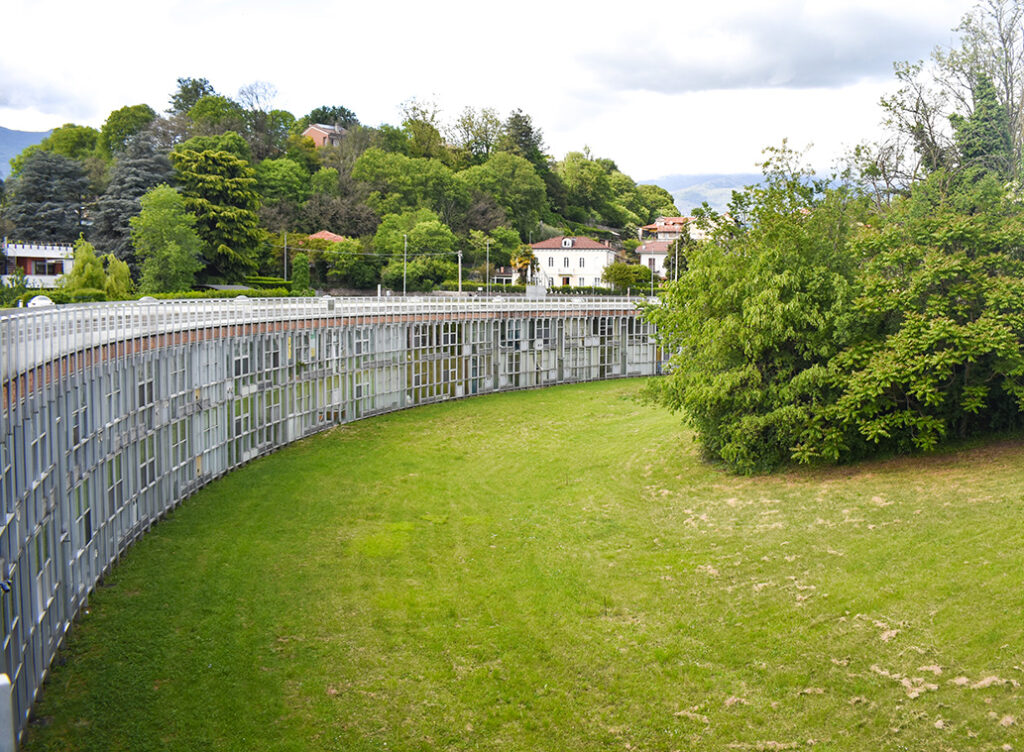
In short, Ivrea is a city that has managed to transform and adapt through the centuries, from its Roman origins to the Medieval and Renaissance periods, to become a symbol of industrial innovation. It’s precisely its varied history and cultural heritage that make it a place of great interest and historical significance.
Point of interest
Cathedral of Saint Maria Assunta
Western Residential Unit (Talponia)
Eastern Residential Unit The Greenhouse
Residential District Canton Vesco – Parish Church
Residential District Bellavista (“NiceView”)
How to reach Ivrea from Cascina 6b
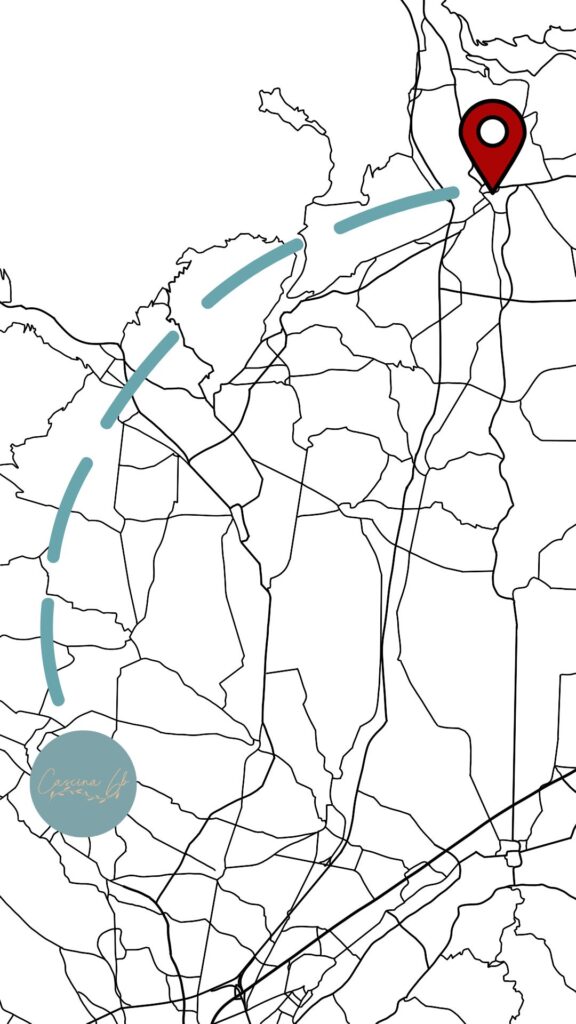
By car: reachable in about 45 minutes, direction Aosta exit Ivrea, follow the indications for the city center. You can park the car in the parking near the Giusiana Gardens, in front of the Residential Unit “La Serra”.
Public transports: reachable by train in about 2 hours. Departure from San Maurizio C.se towards Turin Porta Susa. From here you can take the train to Ivrea, in about 15 minutes on foot you will reach the city center.
Clothing kit
Casual clothes and comfortable shoes
Recommended links
To book the WELCOME TOUR https://www.turismotorino.org/it/esperienze/eventi/welcome-tourr-ivrea
Virtual Museum of modern Architecture https://www.mamivrea.it/
All I have to do is wish you
HAPPY TRIP 🙂


